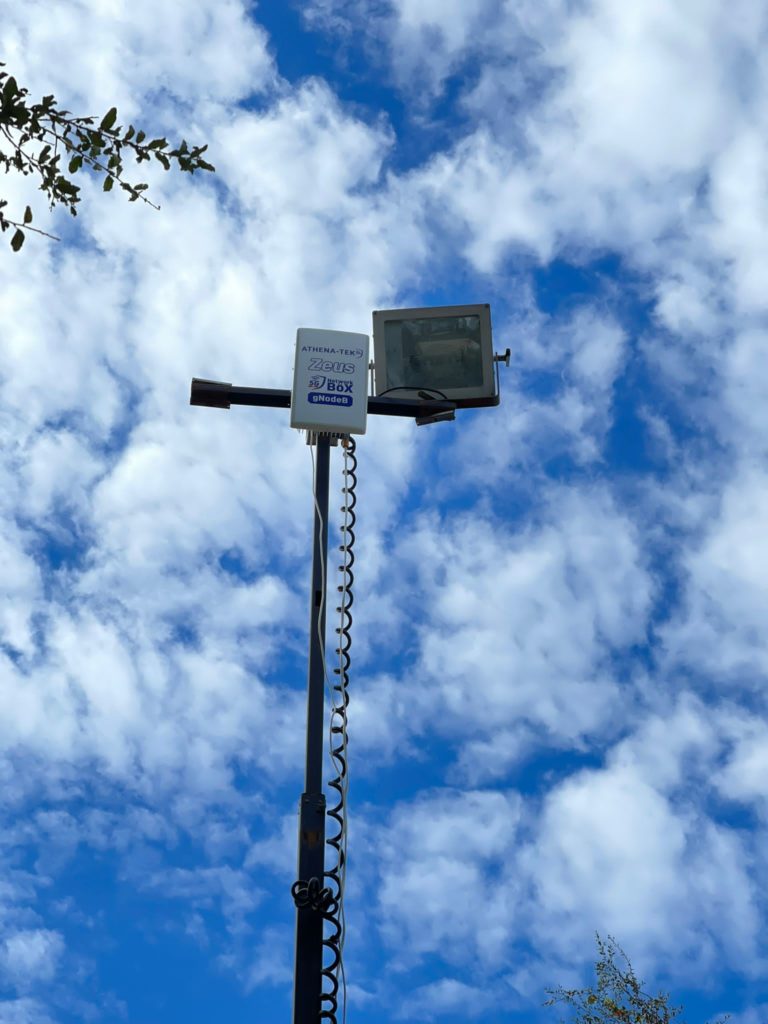Solution Driven
Our team leverages Networks to solve complex warfighter training and Test & Evaluation(T&E) requirements. Our team understands that network performance is constrained by cost-efficient needs and manages risk.
Test & Evaluation
- Vehicular, Missile Tracking, and Radar Data Collection
- Network Design, Test Planning
- Network Performance Assessment
- Test Monitoring & Control
- Observation Video Capture
War Fighter Training
- AR/VR
- Force on Force
- Force on Target
- Land Navigation
- Observation Video Capture

The advent of 5G NR with massive IoT
Soldier Training Systems continue to be enhanced to extend the operational life cycle and to improve realism. This requires tech refresh systems with the most current proven technologies that meet requirements. Combat Training Centers (CTCs) have used 4G LTE over a commercial cellular network for over eight years of rotations. With the advent of 5G NR with massive IoT, lower latency, higher throughput, virtualization, and mobile edge computing operating in shared (n48), DoD (n78), and millimeter wave spectrum, the stage is set for innovation.
3rd Generation Partnership Project (3GPP) standards-based 5G.
T&E requirements must address developmental and operational testing needs. The T&E community has the highest throughput requirements, with terabytes of data that must be transmitted from radar, missile tracking, and vehicular mobility tests. Moreover, operational testing requires an expeditionary high-throughput network to support testing across multiple ranges. The only technology currently available to support these use cases is the 3rd Generation Partnership Project (3GPP) standards-based 5G.



WARFIGHTER TRAINING
AR/VR
5G Training Environment Infrastructure
Athena-Tek supports the Army’s 5G AR/VR Tranche 1 Team that conducts experimentation at Fort Hood, Texas, to establish a 5G Training Environment Infrastructure providing Fort Hood with a persistent, sustainable, upgradeable, deployable, and secure developmental core network.
This Office of the Undersecretary of Defense (OUSD) led program uses Athena-Tek’s ARES User Equipment ARES II as part of its 5G integration efforts.
Our team uses ARES’s cognitive features to capture the network’s Key Performance Indicators at the cell edge and provides a visual performance matrix on an ATAK-based visual indicator. Moreover, the data is stored in the system and can be pushed to the cloud to provide access and analytics with third-party applications.
M&S support
Athena-Tek provides M&S support to design the 5G+ network with enhanced modulation for higher throughput and lower latency than commercial 5G networks.
XLCC
Athena-Tek built to print the Expeditionary Live Virtual Constructive Test Environment Control Center (XLCC) to support live training with Instrumentable-Multiple Integrated Laser Engagement System (MILES) Tactical, Engagement Simulation System (TESS).
Beautiful Designs
5G AR/VR uses ARES to connect to headsets using the USB-C port.
Virtual and Constructive
XLCC was also integrated into the Network Operation Center with OneSAF, LVC-IA, and VBS4 for Virtual and Constructive experimentation.
WARFIGHTER TRAINING
FORCE ON FORCE
Instrumentable-Multiple Integrated Laser Engagement System (MILES)
Army Force on Force Training applies to Combat Training Centers, and Home Station training, and Operational Testing, where the soldier uses the system under test under live simulated conditions leveraging training systems.
Live Training uses Instrumentable-Multiple Integrated Laser Engagement System (MILES) a Tactical Engagement Simulation System (TESS) connected to Exercise Controllers (EXCON). CTCs is CTC-IS system and Home Stations uses HITS. Operational Testing uses a HITS-based system with System Undertest Monitoring and Control, and network planning tools to reduce risk. This EXCON is known as Expeditionary Live Virtual Constructive Test Environment Control Center (XLCC). Athena-Tek has supported the development of XLCC for the last seven years.
Next-generation training systems under development by the ST LTS program currently use ARES and XLCC to mature capabilities. These capabilities are tested/demonstrated during soldier touchpoints (STPs). Athena-Tek has supported STP events at Fort Hood, Fort Bragg, and Fort Wainwright.
ARES Player Unit
Athena-Tek developed ARES Player Unit radios to support both domains. In Operational Testing, you need to be able to talk to MILES on a serial port while monitoring and controlling a data collector using ethernet ports. Thus, ARES provides the dual connectivity that is required. Moreover, ARES supports all the vehicle MILES variants, including CV TESS, which uses the ZigBee protocol.
The T&E community required sub-meter accuracy for precise system testing. Thus, ARES II.5 now supports submeter GPS accuracy.
Mobile Ad-Hoc Network (MANET)
Most recent HITS requirements consider a self-forming, self-healing network that does not require infrastructure to be set up for small training opportunities. ARES II.5 supports this scenario using a Mobile Ad-Hoc Network (MANET) using an unlicensed spectrum below 1GHz. This allows connections of up to 1 Km depending on terrain and clutter with a limit of 5 hops.
WARFIGHTER TRAINING
FORCE ON TARGET
Zeus Expeditionary 5G
Army Force on Force Training applies to Combat Training Centers, and Home Station training, and Operational Testing, where the soldier uses the system under test under live simulated conditions leveraging training systems.
Using a Zeus Expeditionary 5G network, the same ARES device can be used to stream video from the field.
MANET
ARES’s RS232, USB-C, USB-OTG, and Ethernet wired ports could integrate legacy targets via narrowband or broadband channels. Moreover, wireless connectivity can be achieved with Bluetooth LE, Wi-Fi, ZigBee, and MANET.
ARES
ARES provides wide flexibility to handle multiple targets use cases. MANET using Wi-Fi HaLow can achieve a distance of 1 Km depending on terrain and clutter. With up to 5 hops of connectivity, the range can increase to 5 Km. Throughput at this range is in the hundreds of kilobits. This capability is available without the need for infrastructure.
WARFIGHTER TRAINING
LAND NAVIGATION
Smartwatches
Land Navigation use case includes the need to track soldiers and provide an alert in case the warfighter is injured. ARES was built with this use case in mind. It includes a programmable button to allow for alerts to be sent.
ATAK-based Exercise Controller
Moreover, if the warfighter uses one of our smartwatches, the observer controller can read the warfighter’s biometrics information in the ATAK-based Exercise Controller to assess his/hers health status.
WARFIGHTER TRAINING
OBSERVATION VIDEO CAPTURE
CTCS-D subsystem
Observation Video Capture is a use case that applies to warfighter training or T&E. In Combat Training Center training, there is a dedicated CTCS-D subsystem that is used to capture observations to produce After Action Review (AAR) data. A similar concept can be used for Home Station training. Leveraging a 5G Hotspot with an expeditionary network, video observations captured with the same 5G ARES device can be pulled automatically to produce an immediate AAR opportunity.
ARES 5G
- T&E use cases require video to be streamed during a system under test.
- ARES 5G has achieved speeds of over 1 Gbps in Nokia labs. Next-generation devices will support carrier aggregation and provide multiple Gbps speeds under the current architecture.


